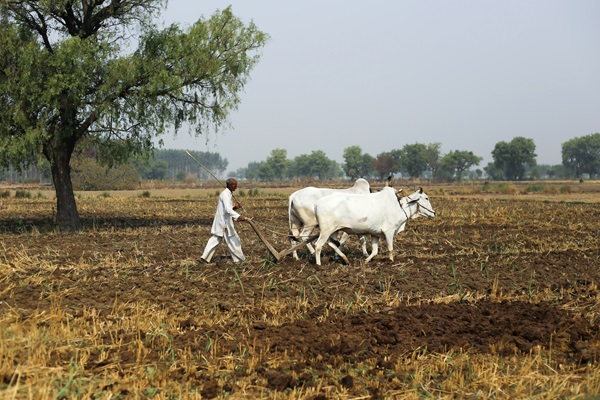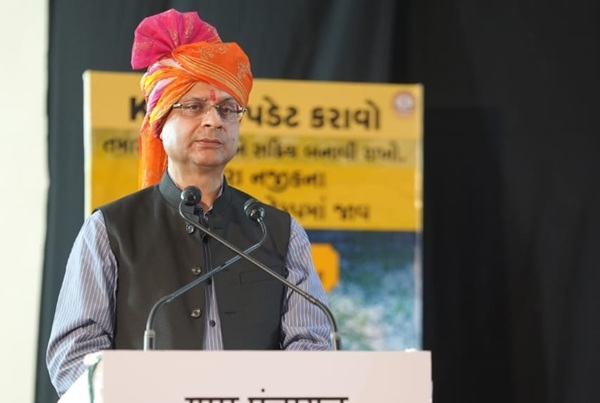.png)

Chandrashekhar is an economist, journalist and policy commentator renowned for his expertise in agriculture, commodity markets and economic policy.
November 17, 2025 at 9:36 AM IST
The Union Ministry of Agriculture’s continued inability to release the First Advance Estimates of Production for the 2025–26 Kharif season, now well into mid-November, defies explanation. These estimates are not an academic exercise; they are the backbone of market expectations, policy signalling and procurement planning. Their absence is not merely a bureaucratic lapse. It is a failure of governance.
Major Kharif crops: rice, pulses, coarse cereals, oilseeds, cotton and sugarcane form the foundation of India’s food and fibre economy. The trade naturally formulates its own assessment using acreage, rainfall and local intelligence, yet the government’s estimates serve as a crucial second opinion. They often prompt administrative intervention, from market operations to price support. When these estimates are delayed, uncertainty flourishes.
Market Consequences
Such delays are not benign as they open space for avoidable speculation about crop size and exert an upward pull on prices. The situation is especially delicate this year. Shortfalls in pulses, cotton and oilseeds are already evident. Private assessments suggest output trailing not only the government’s targets but also last year’s already modest harvest.
The implications are clear. Imports of cotton, pulses and edible oils are poised to rise in 2025–26. At a time when India should be strengthening the credibility of its agricultural data architecture, the current drift invites uncertainty. It encourages speculative trade and weakens the very price stability the government claims to safeguard.
Crop estimates will always undergo revision as more data becomes available, and rightly so. But the integrity of the process depends on timely disclosure. Delayed data is diluted data, stripped of relevance, divorced from policy utility.
New Delhi must recognise that agricultural markets hinge as much on information as on monsoons. A lackadaisical approach to crop reporting is no longer a trivial administrative issue; it is a distortion with tangible economic costs. The Ministry must restore discipline to the release schedule, bring transparency to its process and reassure the marketplace.
Is anyone listening?




